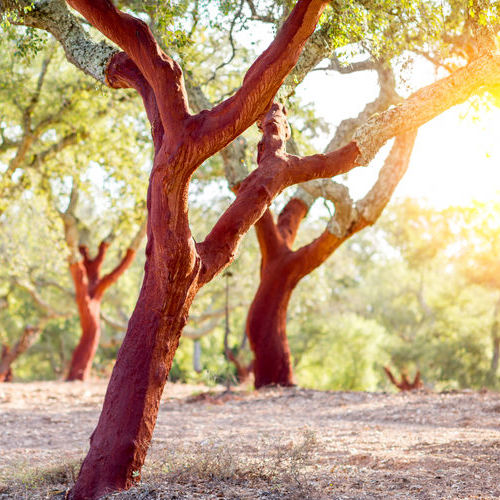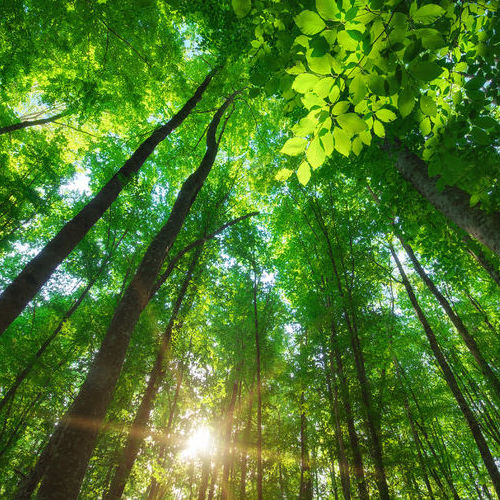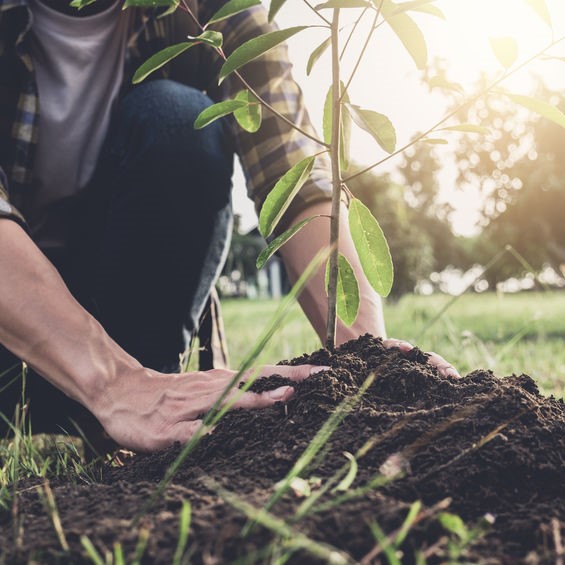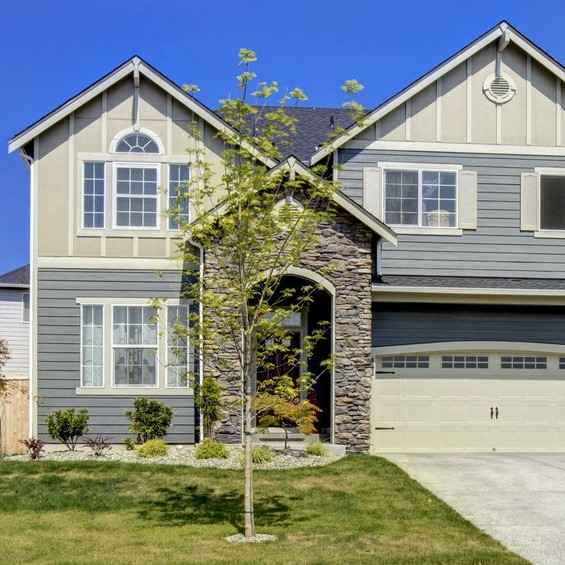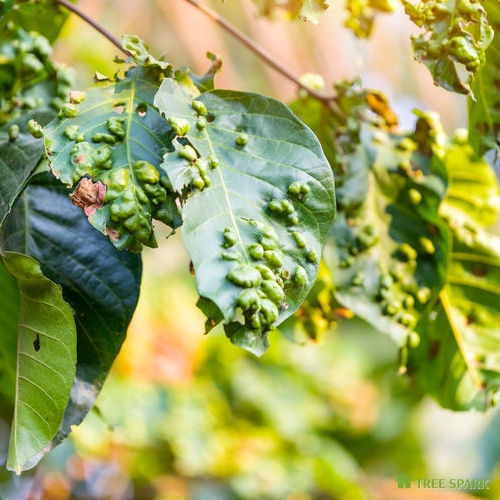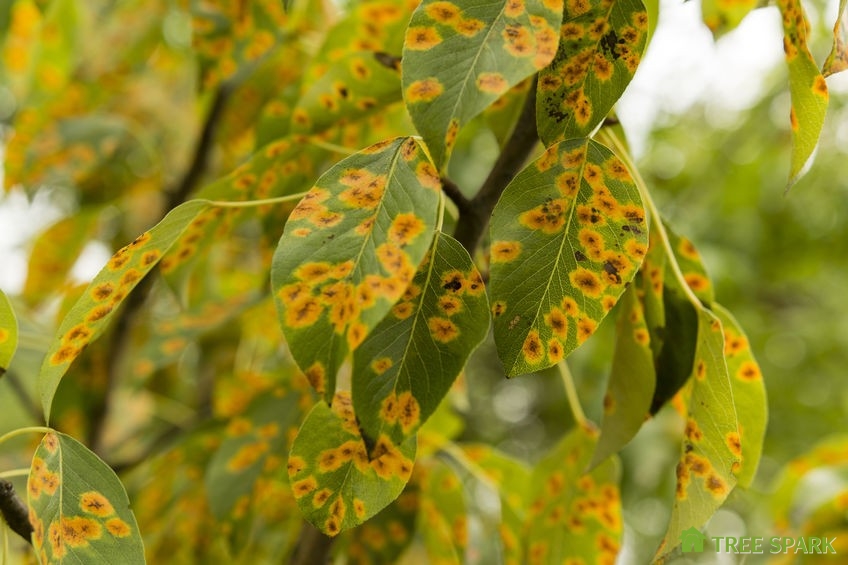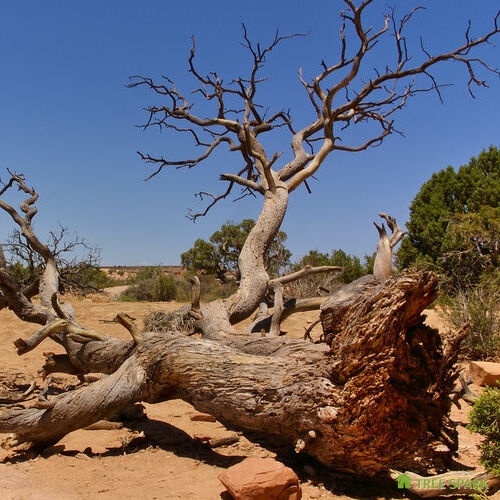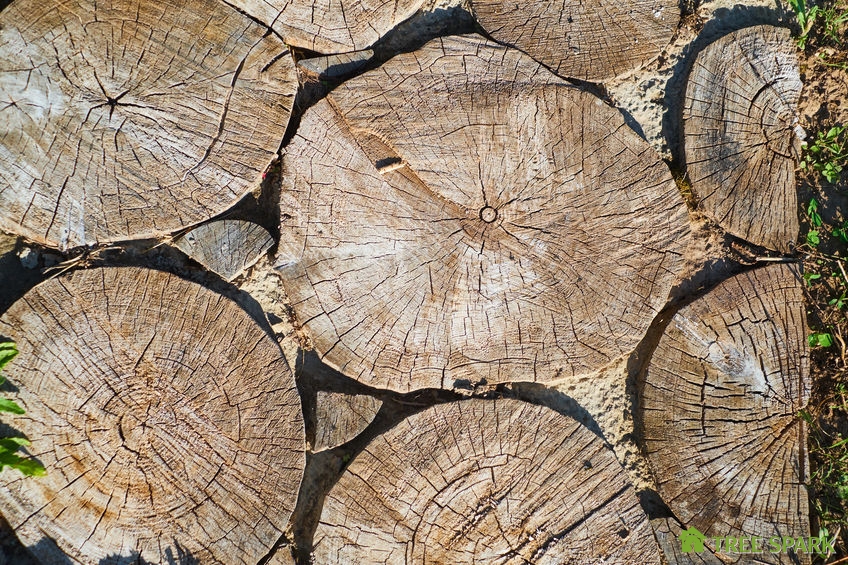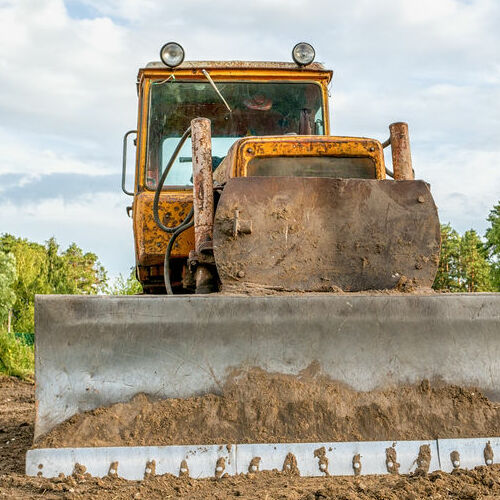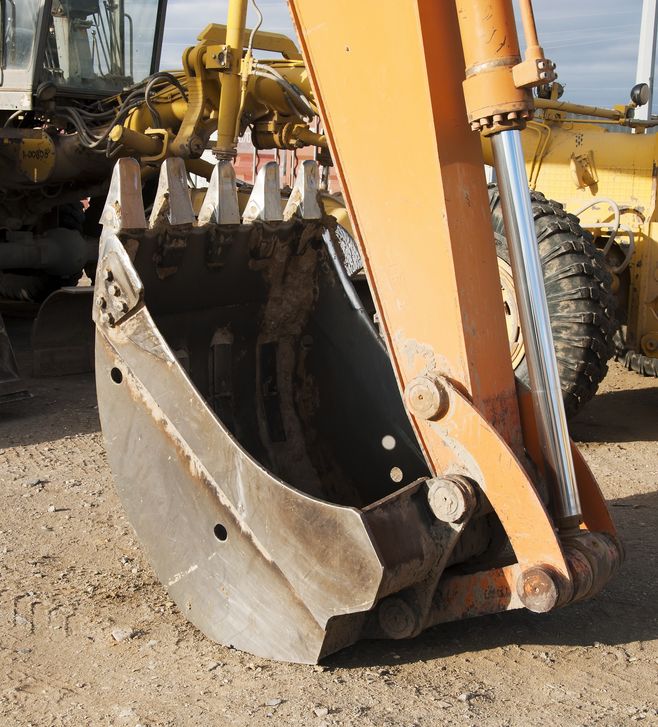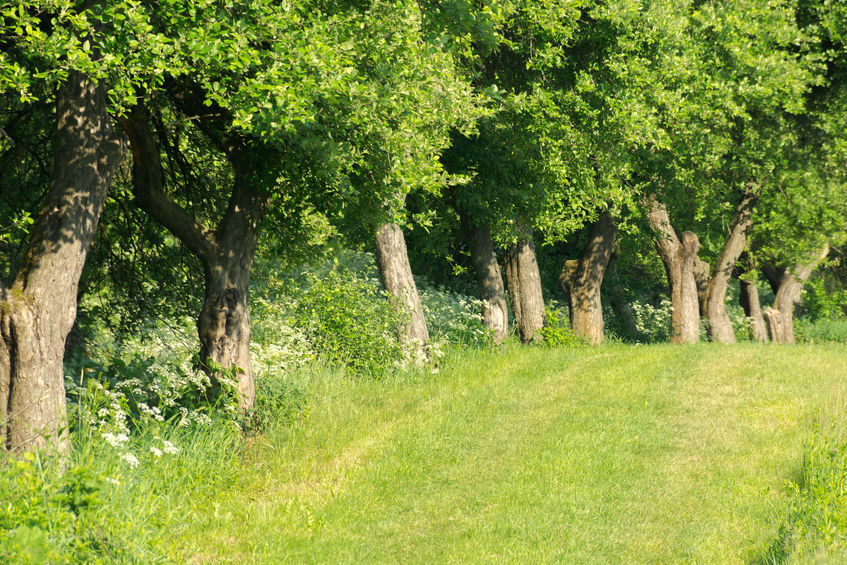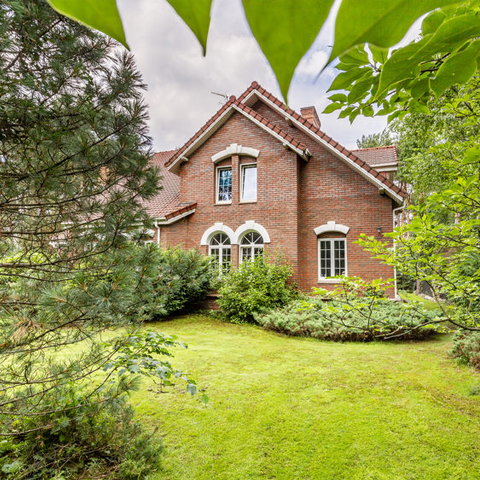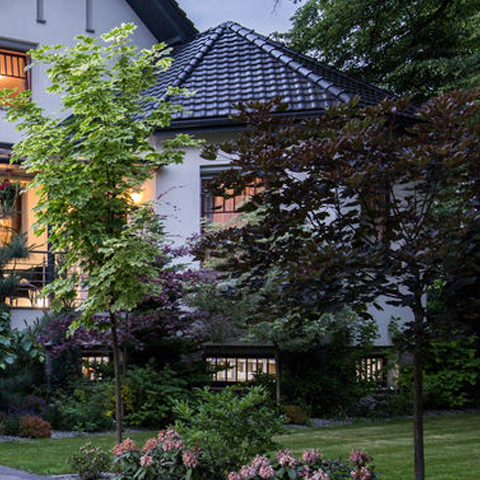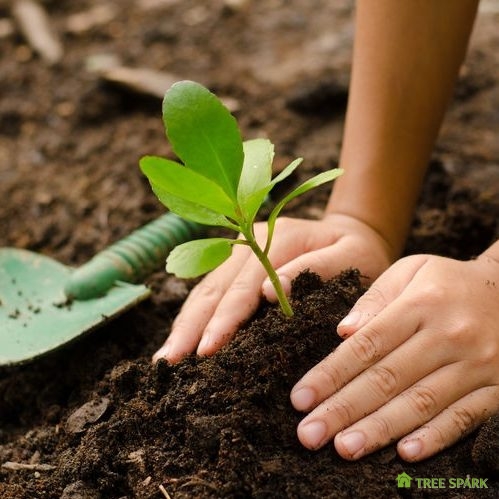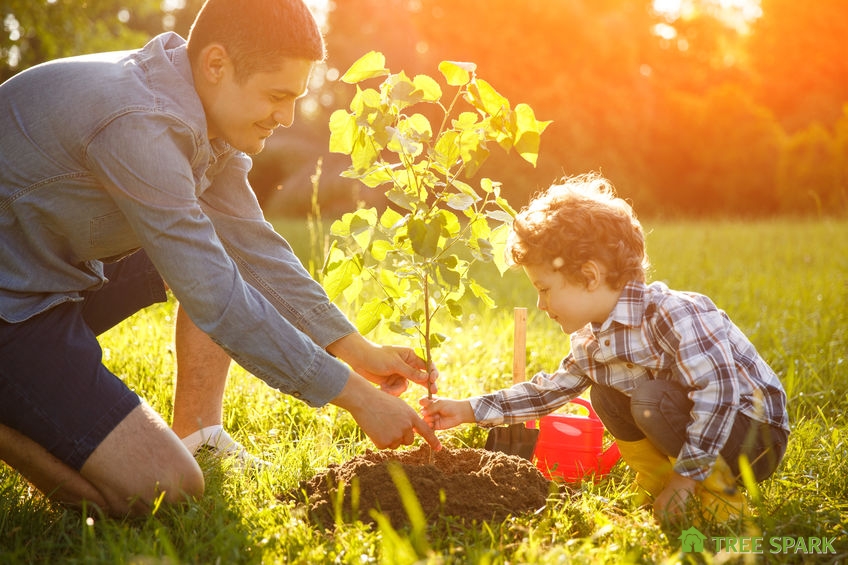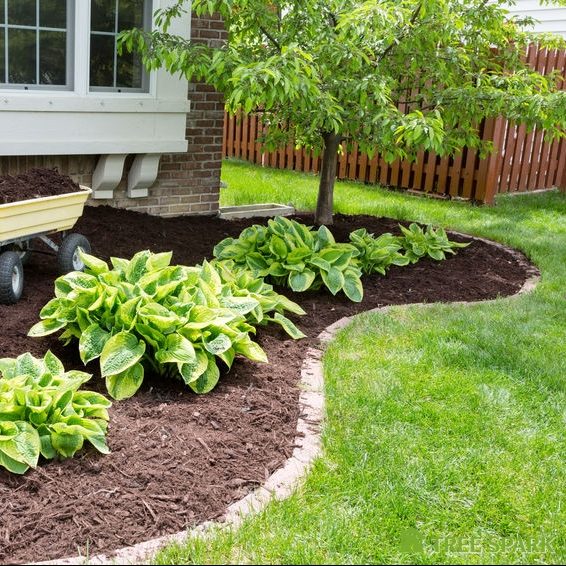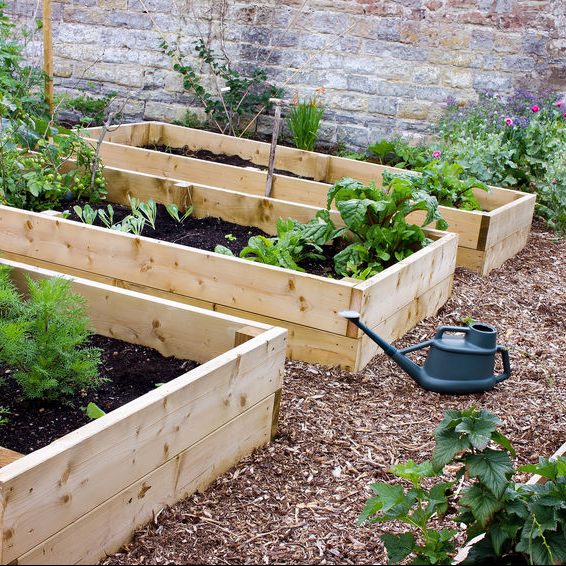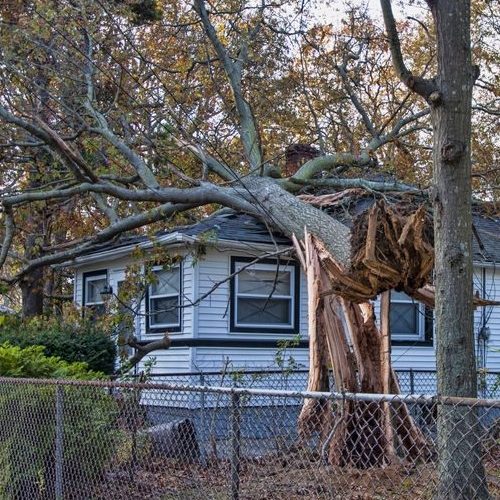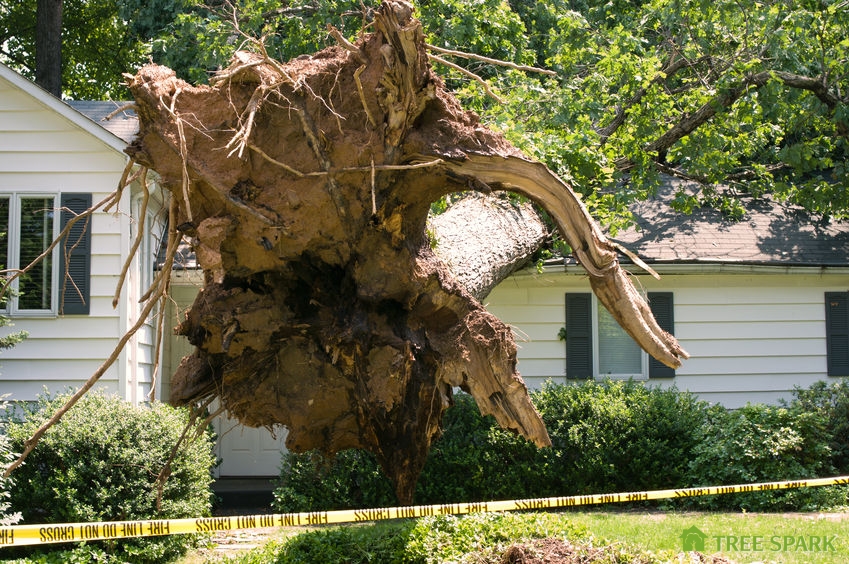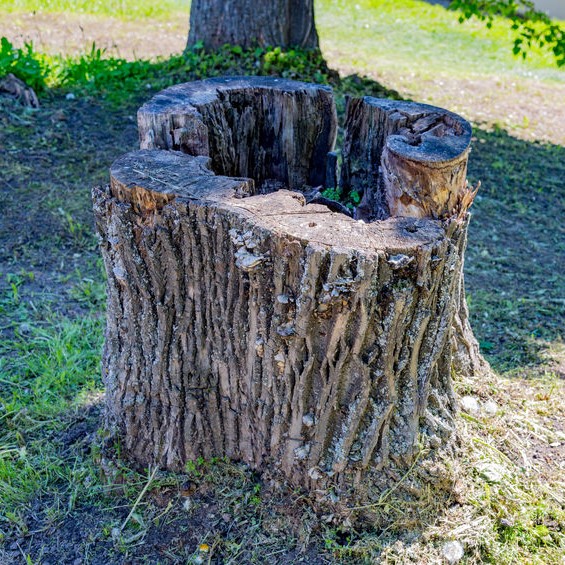
Removing a stump from your yard
Trees add beauty to our home, provide shade on a hot summer day, homes, and roosting spots for animals and birds. They are an essential part of the ecosystem too. There are situations when trees can become dangerous, or they become diseased or die and need to be cut down and removed. Then this leaves the matter of dealing with the stump. Removal of the tree is easy compared to the stump removal.
So, can you leave it there? Is tree stump removal necessary? Is it bad to leave a tree stump? It depends on where the tree stump is located, but eventually, the stump and its roots will decay, slowly, over the next ten years or longer. As it decays, it will start to crumble and fall apart.
If the tree was in an area where you mow and you choose not to have stump removal performed, as it decays, it will become covered by the grass and weeds. Over time, if not you, somewhere in the future, as somebody is mowing, they will run over the stump. Running over a tree stump can definitely damage the mower, and it could harm the person mowing or anyone nearby.
Choosing not to have tree stump and root removal done, as the tree stump and its roots decay, it becomes a home for insects and pests, diseases, fungi, and organisms. These are things that homeowners make concerted efforts to avoid having in the homes. When you don’t have stump removal performed, you’re going to have more issues in time as these things move from the tree stump into your home!
What happens if you don’t remove tree stump?
If the points we just discussed don’t convince you that stump removal is best, or you can’t decide, after all, that is an additional cost, is it worthwhile? Consider these facts when you choose not to have stump removal after the tree is cut down:
- Dead tree stumps aren’t an object of beauty. Aesthetically, when the tree stump is dead, it is not appealing. If you work hard to keep your flower beds and grass looking their absolute best, why would you want to leave a dead, rotting tree stump in the yard? Stump removal is an integral part of a beautiful yard.
- Tree stumps can be hazardous. In addition to the future mowing hazard we mentioned earlier, a dead tree stump can be dangerous to children running and playing in the yard. Or if anyone, a contractor, neighbor, or guest doesn’t see the tree stump, they could trip and fall. If they are injured, that will be on your homeowner’s insurance. The insurance claim could be denied because you chose not to have stump removal done. That could be considered homeowner neglect and could warrant cancellation of your insurance.
- Tree stumps can allow new tree growth. Sometimes, when stump removal isn’t done and the stump isn’t dead, new sprouts will begin, result in small trees coming up around the stump, leaving an unsightly issue for a manicured lawn. The cost of killing those new shoots will get expensive, not to mention what the repeated use of chemicals could do to the yard around the tree stump. Removal of that stump will also prevent the crucial nutrients that your grass and other plants located around the tree stump need to be leeched away.
- Tree stumps take up yard space. Maybe if your yard is an acre, one tree stump won’t be an issue for the space you have, but for a small yard, when stump removal is avoided, it is taking up precious real estate – literally.
Can a tree stump still grow?
If the tree stump is dead, no, it will not continue growing. Tree stumps in the ground and stumps from branches and limbs removed can regenerate with new trees. Every So often, a cut deciduous tree will re-sprout around the tree stump edge or from the roots.
Is it better to grind a stump or remove it?
There are pros and cons to tree stump grinding and tree stump removal. Which one is best depends on you, your landscape, and your plans for that landscape? Tree stump removal is more intrusive than stump grinding because it includes digging out the tree roots.
However, tree stump removal even though the landscape will be clean and clear, ready to do as you please after you fill in the hole that is left behind. Stump grinding is less intensive, more efficient, and the chips that are created can be reused for mulch.
Tree stump grinding removes the visible remains, but the tree’s roots still exist, and for four, six, twelve feet or more, those roots could sprout new trees if they don’t decay, which can take up to ten years or more. If you aren’t sure whether tree stump removal or tree stump grinding is the best option, contact a professional arborist for advice.
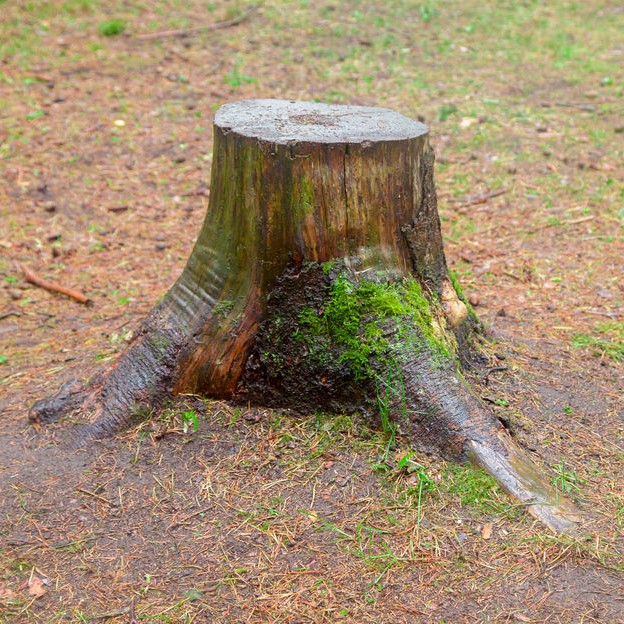
How do you remove a stump without a stump grinder?
After a tree has been cut down, removing the stump can be as difficult, or even more, as removing the tree. If paying somebody for tree stump removal isn’t affordable for you, there are three methods you can do yourself:
- Manual Stump Removal: To remove small to medium stumps, use your muscles. A more massive tree stump will take a lot of muscle and work. You may want to call in a few buddies for help. You can find several videos online for manual stump removal instructions. Or use one of the other two methods we have listed here.
- Chemical Stump Removal: For a large tree stump removal, if you can’t afford to pay to have it removed, and the manual method is too much, the chemical tree stump removal works, but it takes longer. Wood eventually decays and rots, but you can speed it up by keeping it moist and add a high-nitrogen fertilizer or add potassium nitrate granules. The chemical removal method is a slow process that can anywhere between a few months to a year.
- Burning Stump Removal: This method isn’t recommended if you live in the city or have neighbors close by. There are products you can purchase that will break down the stumps wood fiber, leaving a porous wood that will absorb kerosene. Once the kerosene is absorbed, ignite it, prepared with a water hose close by, and soon the fire will become a smoldering flame that will burn out.
Suppose you aren’t sure which method to use, contact service, and ask for advice or schedule an appointment for an estimate. You can do an internet search for “services that remove tree stump near me”; most will offer a free estimate. For your stump removal needs, call (817) 717-7737 today.

